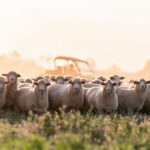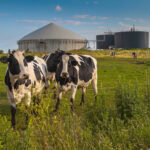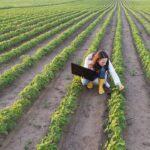The United Nations declared 2012 the International Year of Co-operatives and Australia marked it as…
A pig of a time: addressing the curly issues around feral pigs
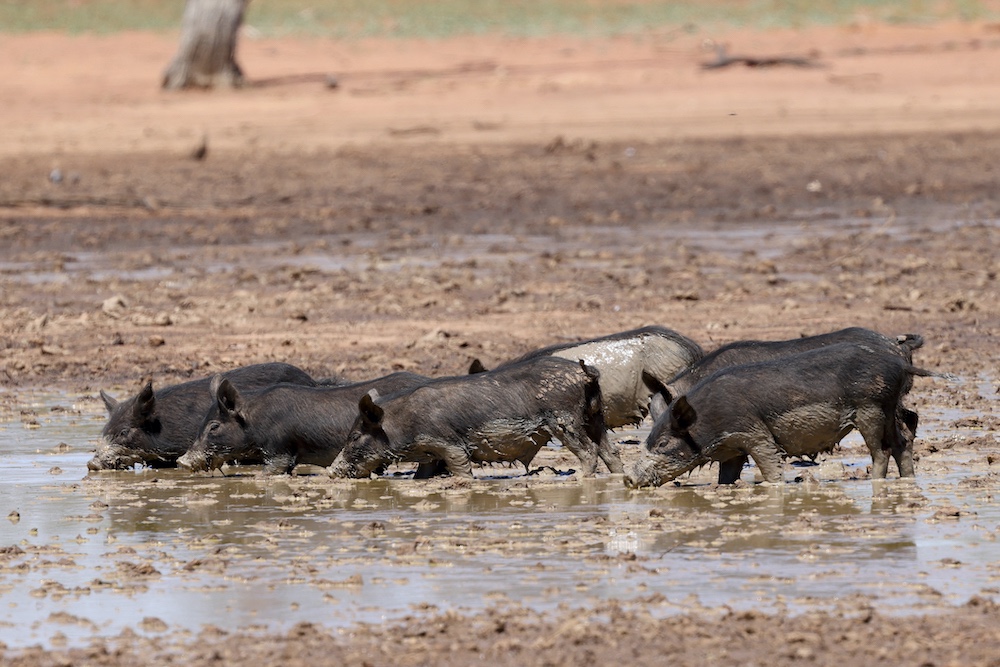
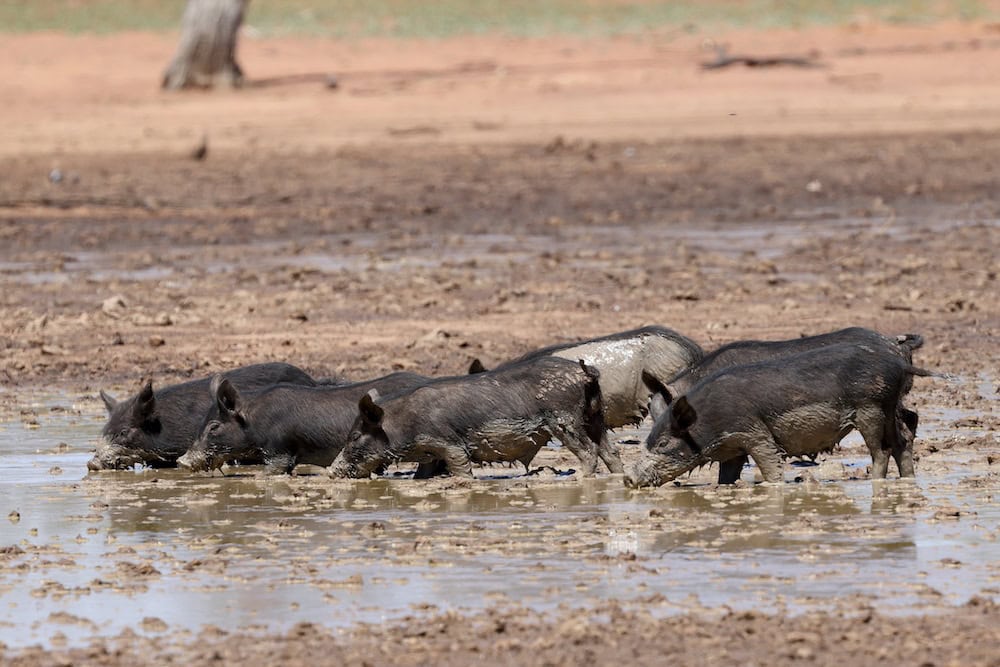
Coonabarabran farmer Angus Atkinson and his neighbour have invested more than $30,000 in the aerial culling of 440 feral pigs across 2025 hectares of farmland this year.
�It�s been unbelievable this year. The chopper pilot asked if I was breeding pigs as a sideline,� Angus says.
Farmers from just about all corners of the state are telling similar tales of an explosion in feral pig numbers, and the crop damage bill for the state�s north west is tipped to far exceed the $47-million estimate regarding damage to the 2020-21 winter and summer crops (Source: AgEcon report).
�I really don�t like using guns, but aerial culling does work. It�s a costly exercise that we did with zero government assistance,� Angus says.
The two aerial shooting campaigns will result in economic and sustainability benefits for Angus�s farm business, but he believes the improved environmental outcomes warrant a case for some cost sharing.
�They do huge amounts of damage to the soil, knock down fences and can spread diseases like leptospirosis. In addition to causing soil erosion, they seem to eat and dig up just about anything, which impacts native plants and animals.
�As farmers, we do have a responsibility to control feral pests and we all should do it. But there is an environmental and community benefit that I think backs the need for government support for a quick and effective method to get on top of mobs of feral pigs.�
Angus says there also needs to be funding and resources for the monitoring and coordinating culling campaigns, and a tenure-neutral enforcement program for public and private landholders.
NSW Farmers is calling for the establishment of a new government authority to coordinate and enforce management of public lands, baseline funding and staff increases to build longterm certainty.
�The agencies and organisations are there, the rules are there; there just need to be resources and enforcement,� says NSW Farmers Conservation and Resource Committee member Bronwyn Petrie.
�Unless there is an urgent and coordinated control effort on all land, this problem will only get worse.�
�Aerial culling is also vital in cleaning up any pigs that are left. But the key is getting all landholders involved and that means having a good carrot to incentivise farmers, and a bit of a stick to compel private and public land manages to control feral pigs.�
OSCAR PEARSE
Moree farmer
Additional funding to tackle feral pigs announced
NSW Farmers welcomes the NSW Government�s recent funding announcement on feral pigs. At the NSW Farmers� Annual Conference in July, Premier Chris Minns announced an additional $8 million, bringing the total spend to $13 million for 2023/2024.
According to Xavier Martin, president of NSW Farmers, the announcement is not before time.
�Feral pigs are incredibly destructive animals, they destroy crops, tear out fences and ruin paddocks, kill livestock and native animals, and pose a threat to people � they�re a menace and they need to be brought under control,� he says.
�While Local Land Services has culled more than 97,000 feral pigs, we know from our members that there are millions more out there, and until we get on top of that breeding population we will continue to have problems. As landholders we stand ready to work with the government and LLS to tackle this problem.
�From the Western Riverina through the Central West and up into the Northern Tablelands, we�re hearing members tell us they�ve never seen pigs this bad before.
�Aerial shooting over the past year saw 80 per cent more pigs culled than the year before, and authorities have distributed 74 tonnes of baits to landholders, but the numbers continue to grow particularly on public land.
�It�s clear the pig numbers are growing out of control now, and we need a drastic and sustained increase in resources for everyone involved to get on top of the problem once and for all.�
Native species wallow in pigs’ wake
Feral pigs are highly adaptable, and known to cause significant damage to ecosystems and native wildlife.
The NSW Threatened Species Scientific Committee nominated feral pigs as a Key Threatening Process for at least 18 threatened species due to predation, habitat degradation, competition, and disease transmission.
The species include the Northern bettong and long-footed potoroo, the Corroboree frog, three bird species, two turtles, and seven plants.
Moree farmer Oscar Pearse believes koalas should also be included on the feral pig hitlist.
He says the gluttonous swine gorge on any foliage they come across, wrecking the undergrowth and landscape that koalas frequent.
�They really do have a huge impact on the soil and habitat, and would have to be displacing koalas in our forested areas,� says Oscar.
�In fact, I have not seen a koala in the last 12 months, and that coincides with the big increase in feral pig numbers.�
Oscar has taken part in two coordinated culling campaigns involving ground and aerial tactics.
�Ground control measures like baiting and trapping are effective and there is a lot of good knowledge out there,� he says.
�Aerial culling is also vital in cleaning up any pigs that are left. But the key is getting all landholders involved and that means having a good carrot to incentivise farmers, and a bit of a stick to compel private and public land manages to control feral pigs.
�The carrot could be in the form of putting the control of feral pests like pigs into the biodiversity market, given their huge impact on the environment.�
Oscar is a member of the NSW Farmers Moree branch, which has led calls for the appointment of regional pig control coordinators to facilitate culling programs.
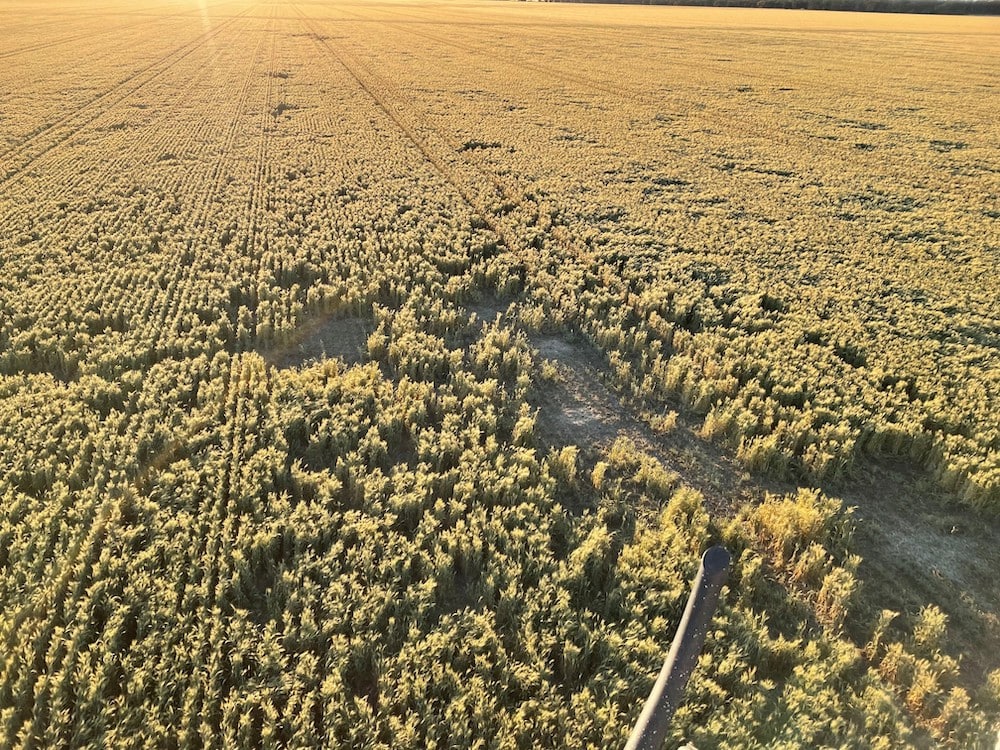
FROM ABOVE: The damage done by mobs of pigs can easily be seen from the air. Aerial photo credit: Tony Lockerby
Waterborne feral pig explosion
Introduced by British settlers on the First Fleet in 1788, pigs quickly escaped and began establishing feral populations along watercourses and on floodplains in the Greater Sydney region.
By 1880 they had spread across half the continent, and reached such numbers that they were considered a pest in NSW.
When the most recent survey by the Department of Primary Industries was released in 2020, there were believed to be some 23.5 million feral pigs roaming through every state and territory in the country, as well as isolated populations on many offshore islands.
Under normal conditions, sows produce about six piglets every six months. However feral pig populations can increase up to 86% per year in ideal conditions such as those seen over the past three years when La Ni�a brought above-average rains and major flooding to vast swathes of Australia�s south east.
�There has been enormous damage to cotton crops in our region,� Oscar Pearse says. �I would estimate losses of $20,000 to $30,000 with grain crops on our farm.�
The Federal Department of Sustainability and Environment estimates feral pigs destroy 20,000 tonnes of every sugarcane harvest each year and eat up to 40% of newborn sheep in some areas, costing Australian farmers more than $100 million per year.
Veto power
The past three years have also coincided with some of the highest levels of culling efforts for feral animals, driven by programs to combat the spread of foot-and-mouth disease, and funds from the 2020 bushfire response.
More than 75,800 cloven-hoofed animals, of which 70,198 were feral pigs, were culled in Local Land Services� (LLS) aerial and ground baiting programs in 2022 and this year.
Under the banner of the National Feral Pig Action plan, the National Parks and Wildlife Service (NPWS), LLS and other authorities joined forces with more than 100 landholders to remove 43,608 feral pigs from the Western Riverina region.
But these initiatives are being undermined by some private and public landholders who are not doing their part to control feral pigs on their land, according to farmers like Angus and Oscar.
Bronwyn Petrie says public landholders are among the chief culprits.
�Farmers know that�s where the pigs are breeding because we see them coming onto our farms from public lands,� she says. �Yet over the past seven years, there hasn�t been a single prosecution of public land managers for animal pests. We can see huge problems on the horizon if we don�t do this job properly.�
Jack Gough from the Invasive Species Council concurs. Jack is the advocacy manager for the Katoomba-based NGO that works to seek stronger laws and programs to protect Australia from pests, weeds and diseases.
�We need more landowners, both government and private, participating,� he says. �But the really big problem at the moment is there is no aerial culling taking place over two million hectares of state forests in NSW. That is purely because the department refuses to approve aerial culling, as they say they need to protect �hunting amenity�, which is just ridiculous in my opinion.
�There needs to be a requirement in this state for all landholders to participate in regional control programs, and to take away their veto power over aerial culling. It just makes sense, especially when one considers that it�s a free service.�
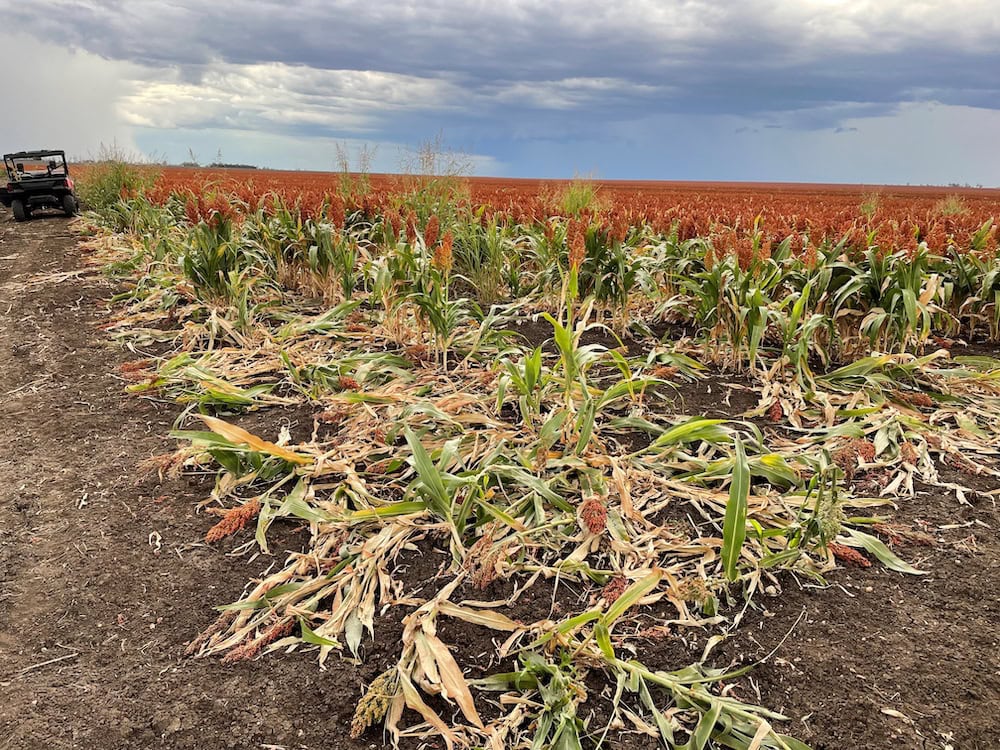
A broken funding model
The funding model for feral pest control in NSW presents another major problem.
�It�s a broken model because it�s project based,� says Jack Gough.
�At the moment we have sufficient funding from bushfire money and foot-and-mouth disease control but, when that dries up, we are going to have to scramble to figure out where the next round of funding is coming from, rather than increasing the baseline number for funding and staff.
�If we don�t get those resources, pest control becomes very ad hoc and based on what funding is available, as opposed to constant suppression of pests across the landscape. Right now, we need a $30-million increase to stay ahead of the problem.�
Dr Joe McGirr, the sitting member for Wagga Wagga and the politician at the forefront of the movement to reduce the number of brumby horses from Kosciuszko National Park, agrees the system needs to change.
�It�s not just a matter of funding shortfalls but also the end of the current funding, which expired in June,� Dr McGirr told The Farmer, �Because the cost of doing nothing is too great. Until feral animal populations are reduced to a level of negligible impact, I would consider an increase in funding to wildlife officers to be very appropriate.�
Dr McGirr is also working to solve the problem of individual landholders� veto rights over aerial shooting.
�During the 2023 State Election campaign, I endorsed a policy on having a feral pig and deer coordinator, designed at resolving exactly such a problem. There needs to be a central coordinating authority that can effectively manage and consult with all public and private stakeholders to prevent the further spread of these destructive feral pigs.�
One clean shot
Control of feral pigs requires a combination of baiting, trapping and mustering from helicopters, according to Animal Control Technologies Australia, a manufacturer of baits to poison pigs and other feral pests.
�To get the big old boars that have grown to old age and are too smart for traps, the ones that do all the breeding, shooting is needed � one clean shot to the back of the head,� says a spokesperson for the company.
Data from NSW NPWS substantiates the claim. Of 28,684 feral pigs dispatched inside national parks from 2016 to 2019, only 8% were caught by traps. Another 8% were neutralised by ground shooting, while the remainder were taken out by aerial shooting.


